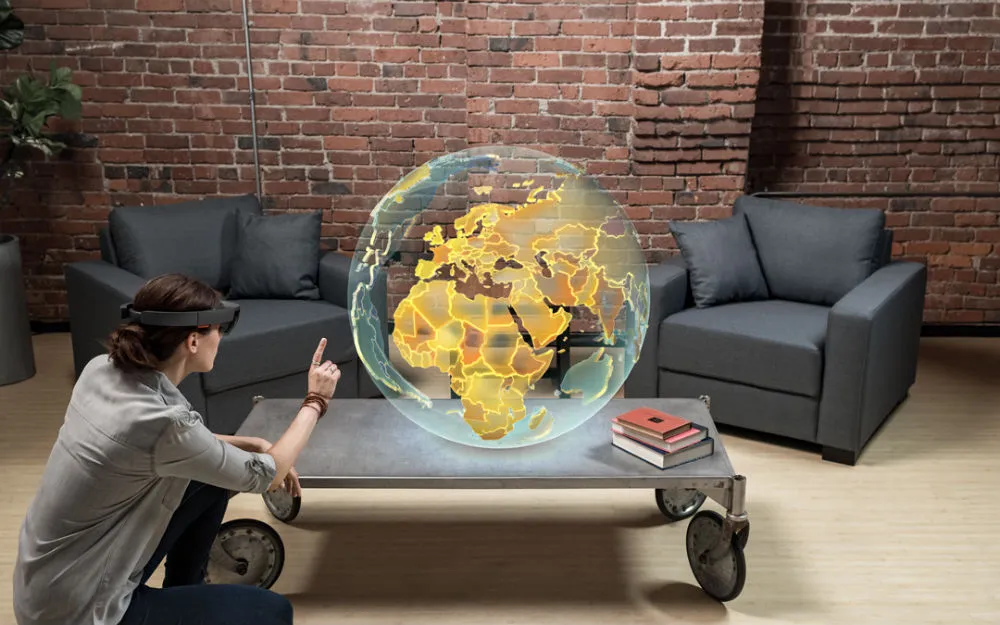Windows Phones were never the success that Microsoft wanted them to be. Though the company made some progress over the years, it was never able to properly establish its operating system with both iOS and Android already so popular.
CEO Satya Nadella doesn’t want to make that same mistake with mixed reality.
As you’ll know, Microsoft is one of the three big names in MR right now, the others being the mysterious Magic Leap and Meta. The company’s HoloLens headset, an untethered headset that projects virtual images into the real world, went on sale to developers in the US and Canada earlier this year, and only recently expanded into Europe. It’s still early, but Microsoft is hoping its eagerness will help establish itself in this new category.
“We clearly missed the mobile boom,” Nadella told a crowd during Wall Street Journal Live yesterday. “Now we have to make sure we grow new categories.”
But why MR of all things? “The ultimate computer for me is the mixed reality world,” the CEO said. “Your field of view becomes an infinite display. You see the world and in the world you see virtual objects and holograms.”
As it stands, HoloLens actually has a pretty limited display. It’s also incredibly expensive as a developer device at $3,000. But, as we said, its early days for the kit, and it has shown immense promise with games likeFragments and other productivity apps and more. That said, there’s no real hint as to when it might be ready for consumers right now.
It’s a position that Nadella thinks is similar to the early days of the company’s Surface laptop-tablet hybrids, which he explained had now grown into their own category. Indeed, the Surface is now on its third iteration in its base form, and continues to expand its capabilities with each release. “Whether it be HoloLens, mixed reality, or Surface, our goal is to invent new computers and new computing,” Nadella said.
It might be going all in on MR, but Microsoft also has a stake in VR with its upcoming enhanced Xbox One, codenamed Project Scorpio. Last week the company called the more powerful device the only console capable of “high fidelity VR”, which may have been a shot at Sony’s PlayStation VR for PlayStation 4.


























